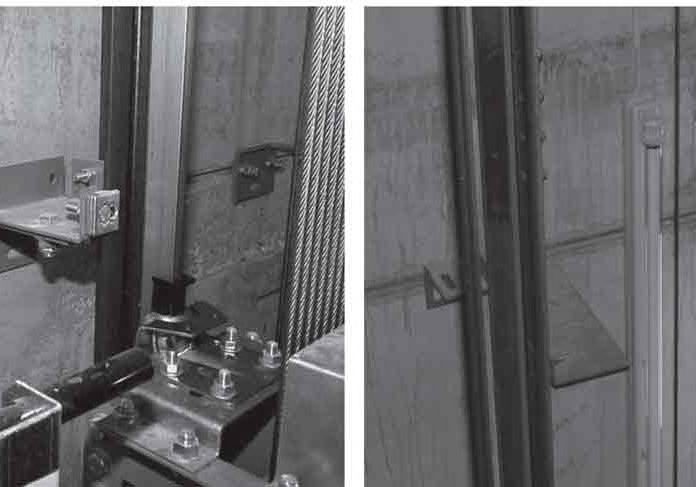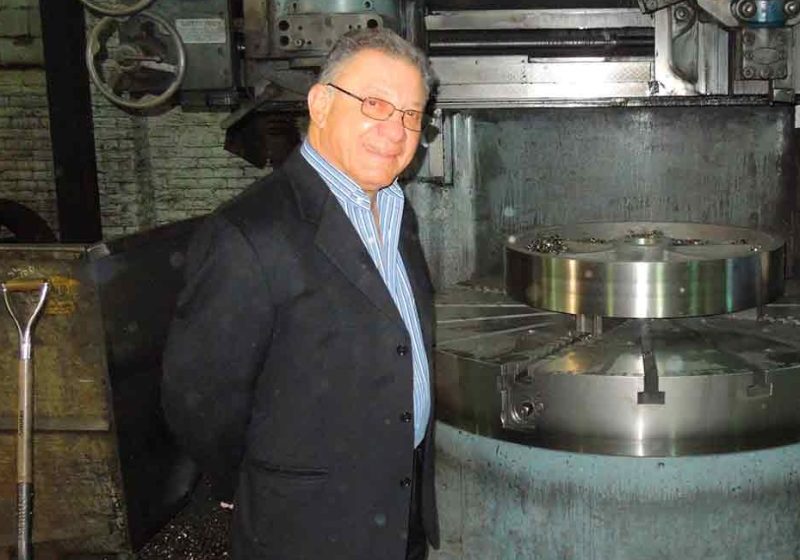An elevator maintenance contractor that operates in Ontario, Canada, was recently convicted of three counts related to elevator safety violations and fined CAD$400,000 (US$389,124) by the Ontario Court of Justice in Toronto. In January 2006, an elevator in a building in Toronto dropped several stories, resulting in serious, non-life-threatening injuries to five elevator passengers. Following an investigation conducted by the Technical Standards and Safety Authority (TSSA), it was determined that a sudden loss of hydraulic fluid, resulting from the catastrophic failure of the elevator’s buried hydraulic cylinder, caused the elevator to drop several stories.
According to TSSA’s Vice-President and General Counsel Tom Ayres and Director of Elevating Devices Roland Hadaller, the elevator contractor was charged with five counts under the act, namely, causing or putting into service an unsafe elevator. Among the violations cited were failing to inspect and examine at regular intervals, failing to maintain a log book where up-to-date data for each device was to be noted, failing to ensure the device was in safe operating condition, and failing to repair or replace worn or defective components. These violations were cited under Ontario Regulation 209/01 (Elevating Devices), in which it was concluded that the contractor failed to ensure proper compliance with safety regulations essential to public safety. TSSA’s investigation determined that the elevator experienced a major loss of hydraulic fluid, resulting from the failure of its single bulkhead cylinder. It was also determined that the contractor had previously added a significant quantity of hydraulic oil into the system without determining what was causing the loss of oil.
Several years before this incident, TSSA issued a Director’s Order requiring oil-loss monitoring on a monthly basis for every elevator with a buried hydraulic cylinder. When TSSA conducts periodic inspections of these devices, it occasionally finds an elevator where monthly oil-loss monitoring has not been done. There are approximately 1,000 elevators with single-bulkhead cylinders, and with the adoption of the 2010 Elevator Safety Code, these elevators will be required to either have the cylinder replaced or a plunger gripper installed. The message about the importance of elevator maintenance is getting out, and TSSA engages the elevator industry on an ongoing basis, telling owners to check with their contractors to make sure the maintenance is being done.
The ruling against the contractor is quite serious, with equally serious ramifications. First, this establishes a very high standard of maintenance for elevator contractors in Ontario. Second, director’s orders, safety alerts and bulletins issued by TSSA are considered the standard in the industry and can be used to mount a successful prosecution. Thirdly, the fine associated with this incident was the largest in TSSA’s history and demonstrates that the courts will take TSSA safety violations seriously.
Get more of Elevator World. Sign up for our free e-newsletter.









